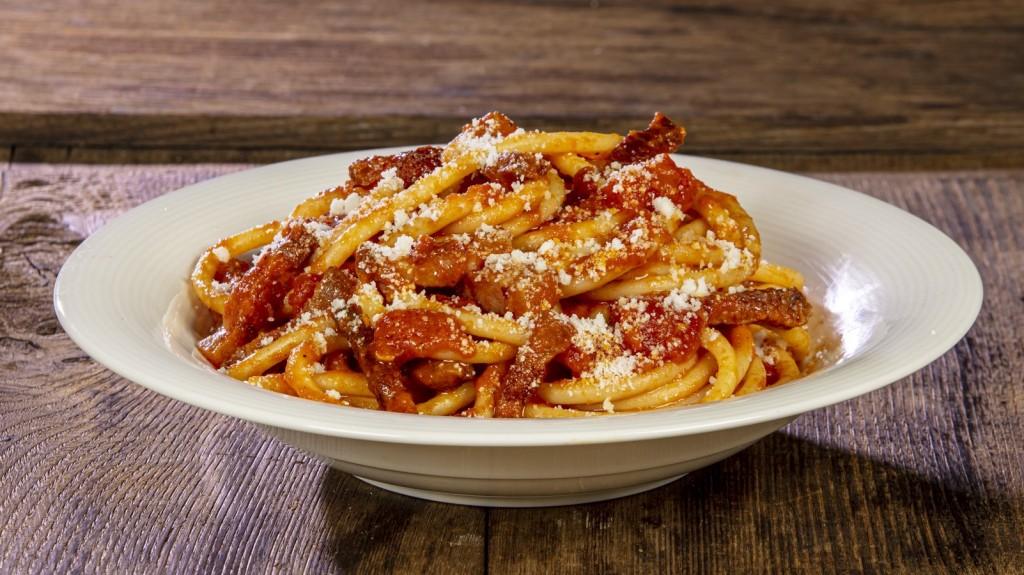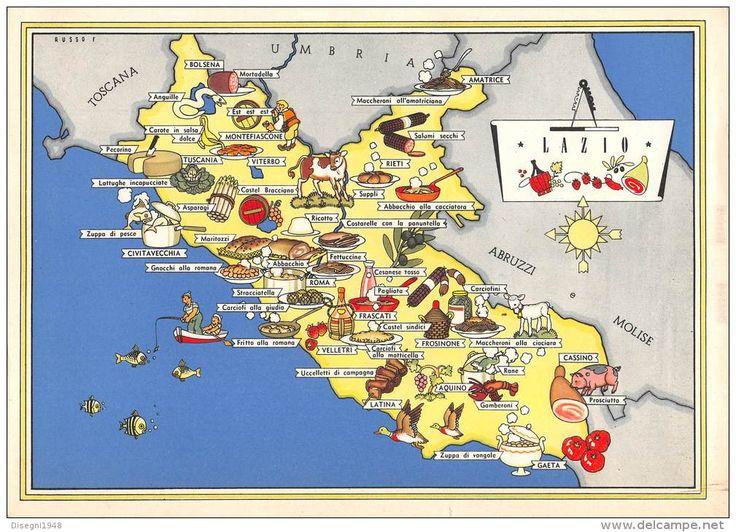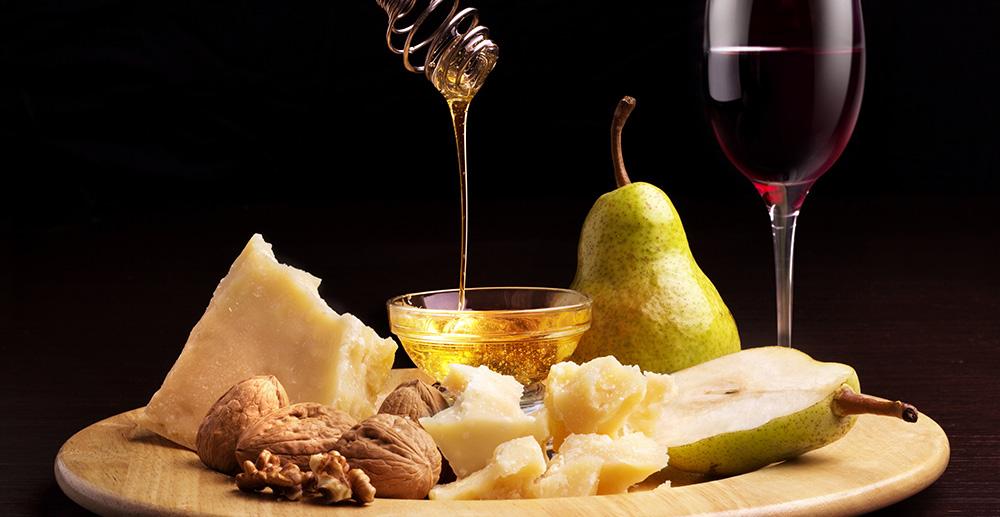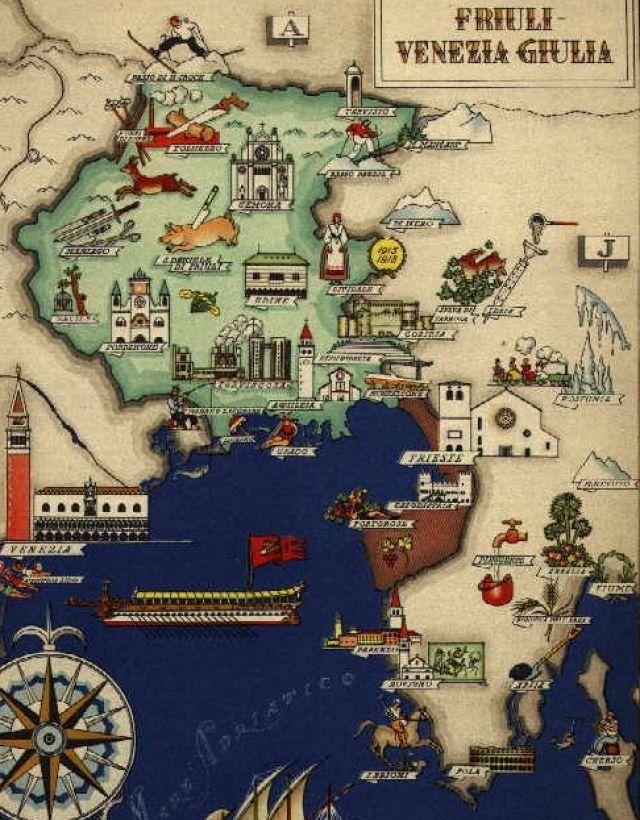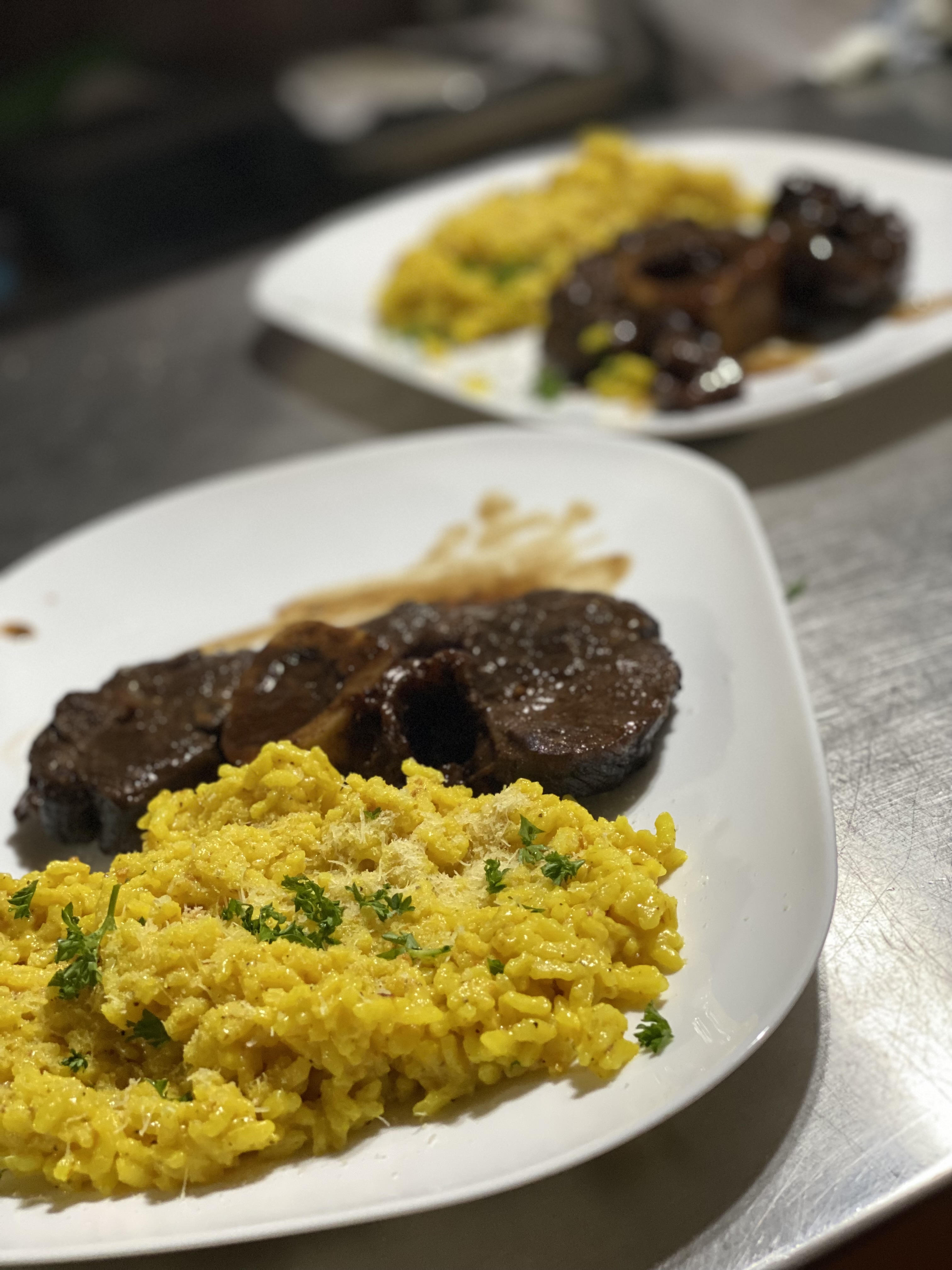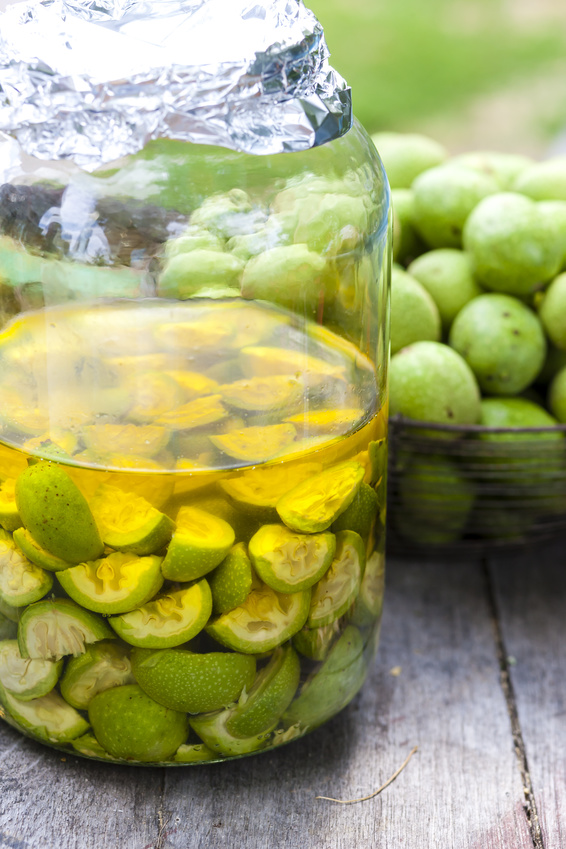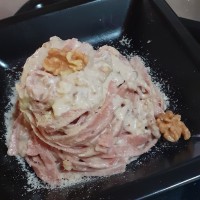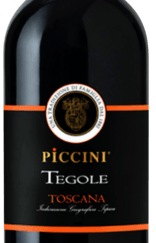💧Pure Water From the Italian Alps
At the foot of the Italian Alps lies one of Italy’s most celebrated natural treasures: the Lurisia mineral springs. These ancient waters travel through layers of alpine rock for centuries, naturally filtering into one of the purest low-mineral waters in the country.
Light, clean, and incredibly refreshing, Lurisia water has become a symbol of purity and modern Italian wellness. Its naturally low mineral content makes it gentle on digestion and ideal for everyday hydration.
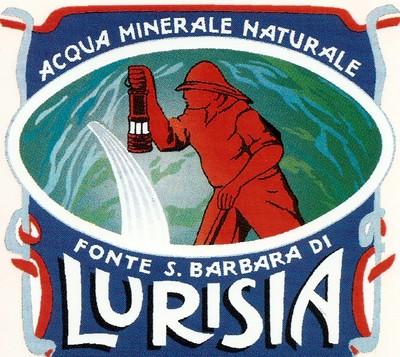

🥤 Italian Craft Soft Drinks Made With Pure Mineral Water
At the foot of the Italian Alps lies one of Italy’s most celebrated natural treasures: the Lurisia miLurisia transforms this pristine water into a line of premium Italian soft drinks crafted using real fruit and traditional ingredients. No artificial colorings, no fake aromas — just authentic Italian flavors carried by crystal-clear water.
Top favorites include:
- 🍋 Gazzosa – bright lemon essence
- 🍊 Aranciata & Aranciata Rossa – made with real Italian oranges
- 🍑 Limonata – delicate lemon aroma
- 🌿 Tonica – balanced, refined, perfect for cocktails
Because the base water is so pure, every flavor remains clean, crisp, and elegant — a step above ordinary sodas.neral springs. These ancient waters travel through layers of alpine rock for centuries, naturally filtering into one of the purest low-mineral waters in the country.
🌱 Health Benefits of Lurisia Water
At the foot of the Italian Alps lies one of Italy’s most celebrated natural treasures: the Lurisia transforms this pristine water into a line of premium Italian soft 🌱 HeaThe unique composition of Lurisia water enhances both wellness and taste:
- ✔️ Low in sodium – ideal for daily hydration
- ✔️ Light mineral profile – gentle on the stomach
- ✔️ Balanced natural pH – smooth, refreshing taste
- ✔️ Supports clean, natural flavor in all Lurisia beverages
These qualities make Lurisia a top choice for those looking for premium soft drinks made with naturally pure mineral water.lth Benefits of Lurisia Water


🍽️ Enjoy Lurisia at Ristorante Italiano @DolceUvita
Here in Costa Rica, you can enjoy the full Lurisia experience right at Ristorante Italiano @DolceUvita.
We serve the entire line of Lurisia beverages — always perfectly chilled — pairing them with traditional Italian dishes for a refreshing, authentic combination.
Whether you’re relaxing after a sunny day, dining under the palms, or enjoying homemade pasta, a Lurisia drink adds that unmistakable Italian touch.
🌟 A Genuine Taste of Italy, Anywhere
Pure alpine water. Real Italian fruit. Traditional craftsmanship.
Lurisia is more than a beverage — it’s a sip of Italy’s natural elegance.







